Posted on 9/26/2025

When your brake pedal feels unusually soft or sinks closer to the floor than normal, it’s not just a minor inconvenience. It’s often a sign that something in your braking system isn’t working the way it should. Unlike a squeaky door hinge or a flickering lightbulb, brake pedal issues are tied directly to your safety. The problem may seem subtle at first, but if left alone, it can quickly become serious. Your brakes are your car’s most important safety feature, and the pedal is your first connection to them. When that feeling changes, something behind the scenes usually needs attention. Loss of Pressure Points to Fluid Problems One of the most common reasons for a soft brake pedal is a problem with the brake fluid. This hydraulic fluid transfers the force from your foot on the pedal to the brake calipers at each wheel. If air enters the system or fluid starts to leak, pressure drops, and the pedal feels spongy or weak. In some cases, the issu ... read more
Posted on 8/29/2025
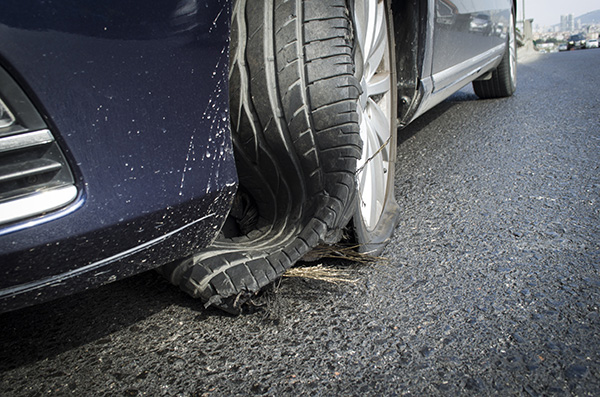
A tire blowout is one of the scariest events a driver can experience, especially at highway speeds. When a tire bursts, your vehicle may suddenly pull to one side, lose stability, or create a loud noise that causes panic. Blowouts are most dangerous on highways because traffic moves fast and drivers have less time to react. Knowing how to stay calm and handle the situation can make the difference between a safe recovery and a serious accident. Common Causes of Tire Blowouts Tires are built to withstand heavy loads and high speeds, but several issues can make them vulnerable: Underinflation – Low pressure increases heat and friction, weakening tire walls. Overloading – Carrying too much weight puts stress on the tires. Potholes and road debris – A sharp impact can cause an immediate rupture. Worn tread – Bald tires are more likely to fail because they lack strength. Excessive heat – Hot pavement and long drives raise tire temperature ... read more
Posted on 7/29/2025
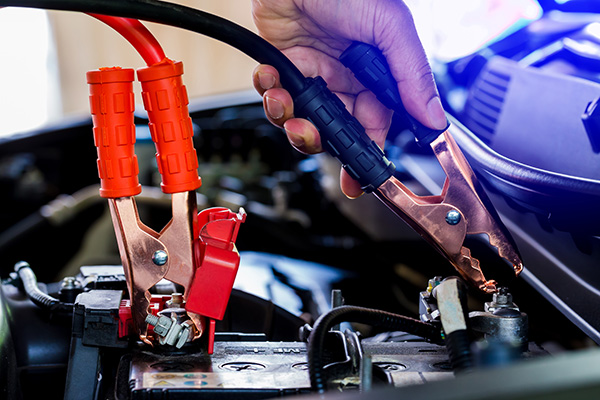
There’s nothing more frustrating than getting into your car, turning the key or pressing the start button, and… nothing happens. Whether it’s a slow crank, silence, or clicking noises, a no-start condition is always inconvenient—and often stressful. While there are many reasons a vehicle might not start, a few common culprits are responsible for most issues. Knowing what might be causing the problem and taking the necessary steps can help you stay calm and get your vehicle back on the road quickly. Dead or Weak Battery The most common reason a car won’t start is a dead battery. If you turn the key and hear nothing or only a soft clicking sound, your battery might not have enough power to crank the engine. Batteries can die suddenly or slowly weaken over time. Cold weather, corrosion on the terminals, or simply age can all contribute to battery failure. In many cases, a jump-start can get your vehicle going again. But if the battery co ... read more
Posted on 6/27/2025
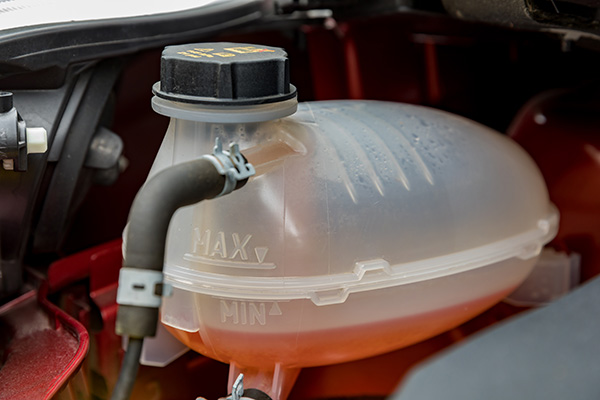
You’re parked in your usual spot and notice a small puddle of bright green or orange liquid under your car. Or maybe you’ve topped off your coolant once or twice recently and assumed it was nothing. If the leak seems minor and your car still runs, it’s easy to think you can put off repairs until later. But that could be a risky choice. Coolant is your engine’s primary defense against overheating. Even a small leak can lead to big problems if left unchecked. While your vehicle might seem fine for now, it’s running closer to a critical temperature threshold than you may realize. What Happens When You Lose Coolant Coolant flows through your engine and radiator, absorbing excess heat and maintaining the engine's proper operating temperature. When coolant levels drop due to a leak, the system becomes less efficient. Over time, even a minor leak can reduce the coolant level enough to cause hot spots in the engine or trigger the temperatur ... read more
Posted on 5/30/2025
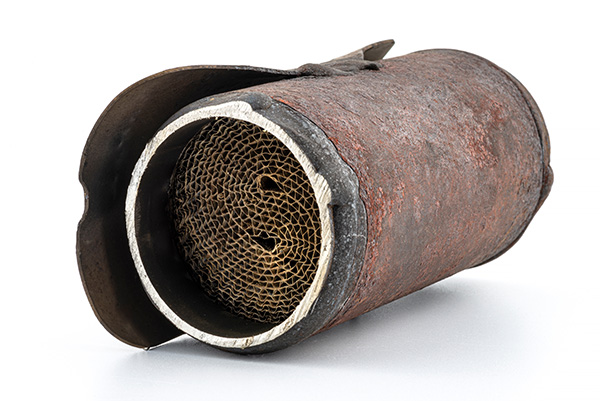
Catalytic converter theft has surged across the country, and San Francisco is no exception. In fact, urban areas like the Bay Area have seen some of the highest rates of theft due to a mix of vehicle density, quick access to major roads, and high demand for the precious metals inside these components. If you park on the street or drive a frequently targeted vehicle, your catalytic converter could be at risk. Why these thefts are happening and how you can help prevent them. What are the steps in protecting your vehicle and avoiding costly replacements? Why Thieves Target Catalytic Converters Catalytic converters are part of your vehicle’s exhaust system. Their main purpose is to convert harmful engine emissions into less toxic gases. To do this, they rely on rare and valuable metals like platinum, rhodium, and palladium. The prices of these ... read more
Posted on 4/28/2025

It’s not unusual for drivers to check their oil a few thousand miles after a service and notice that the level has dropped. But when exactly does normal oil use turn into a problem? The short answer: if your car is burning a quart of oil every 3,000 miles or more, that’s generally considered acceptable—especially for older engines or high-performance vehicles. However, if consumption becomes more frequent, it could point to something that needs attention. Here’s what you need to know about oil consumption and when it’s time to investigate further. Normal Oil Usage Internal combustion engines rely on oil to lubricate moving parts, control heat, and minimize wear. During regular operation, especially over longer distances or under heavy engine loads, it’s normal for some oil to be used. A rate of up to one quart per 3,000–5,000 miles is typically within manufacturer guidelines for many vehicles, particularly as they accumulate ... read more
Posted on 3/28/2025
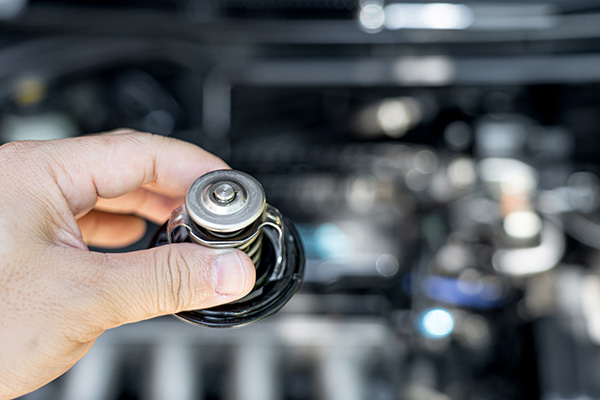
Your engine isn’t supposed to run hot—but it’s also not meant to run cold. If you’ve noticed that your temperature gauge barely moves off the bottom or your heat isn’t working as it should, your engine might not be reaching normal operating temperature. And while it may not seem like a major issue, a car that runs too cool can cause long-term problems, especially in fuel economy, emissions, and engine wear. So what causes this, and what should you do if it happens? The Thermostat Could Be Stuck Open One of the most common reasons a car runs cold is a stuck-open thermostat. The thermostat controls how much coolant flows through the engine. When the engine is cold, the thermostat stays closed to help the engine warm up quickly. Once it hits the ideal operating temperature, the thermostat opens to let coolant flow and keep the engine from overheating. But if it gets stuck open, coolant flows too soon and too freely, keeping the engine fro ... read more
Posted on 2/28/2025

A road trip should be all about the adventure—not unexpected car trouble. Whether you're cruising along the California coast or exploring remote highways, a little preparation can make all the difference. Taking the time to inspect a few key components before you leave can help you avoid delays, costly repairs, and unnecessary stress. So, is your car truly ready for the journey ahead? Tires and Tire Pressure Your tires are the only part of your car that touches the road, so making sure they’re in good shape is essential. Inspect the tread depth to ensure there’s enough grip for safe driving, especially if you’ll be encountering rain or winding mountain roads. Look for any visible damage, such as cuts or bulges, and check tire pressure to ensure proper inflation. Underinflated tires can affect fuel efficiency and handling, while ... read more
Posted on 1/31/2025
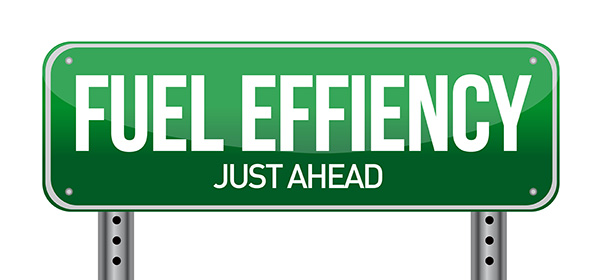
With rising gas prices and the need to protect the environment, improving your vehicle’s fuel efficiency is more important than ever. Whether you're navigating the bustling streets of San Francisco or taking a road trip, better gas mileage can save you money and reduce your carbon footprint. But how do you get the most out of each tank of gas? Let’s look at some practical tips to maximize fuel efficiency and keep your wallet—and the planet—happy. Keep Up with Regular Maintenance Neglecting basic vehicle maintenance can drastically affect your car’s fuel efficiency. A dirty air filter, old spark plugs, or clogged fuel injectors can make your engine work harder, burning more gas in the process. Regular inspections and tune-ups ensure your car is running at peak performance. For example, replacing a clogged air filter can improve your mileage by up to 10%, depending on the condition of your vehicle. Routine oil changes also reduce engi ... read more
Posted on 12/20/2024
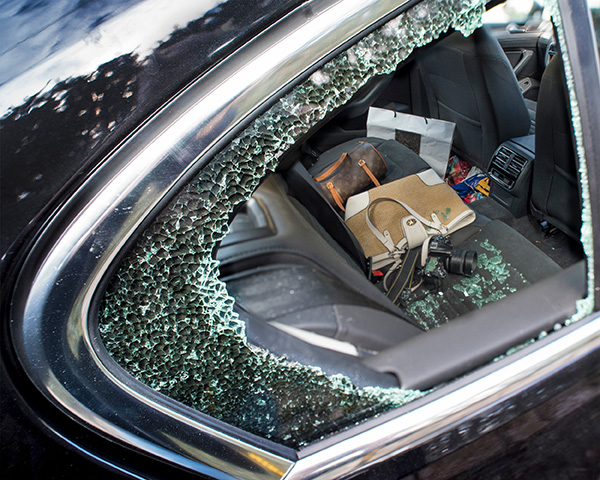
Car break-ins are an all-too-common problem, especially in urban areas like San Francisco, CA. While thieves often target vehicles for valuables, sometimes they’re just looking for an opportunity. Protecting your car doesn’t have to be complicated. By taking a few proactive steps, you can significantly reduce the chances of becoming a target. Let’s explore six practical ways to keep your car safe and secure. Always Lock Your Doors and Roll Up the Windows It might seem obvious, but many car break-ins happen because drivers forget to lock their doors or leave windows slightly open. A car with an unlocked door is an open invitation for thieves. Even if you’re stepping away for just a minute, take the extra second to double-check that everything is locked and secure. Don’t Leave Valuables in Plain Sight A visible phone, laptop bag, or even loose change can attract unwanted attention. Thieves often act on impulse, and seein ... read more